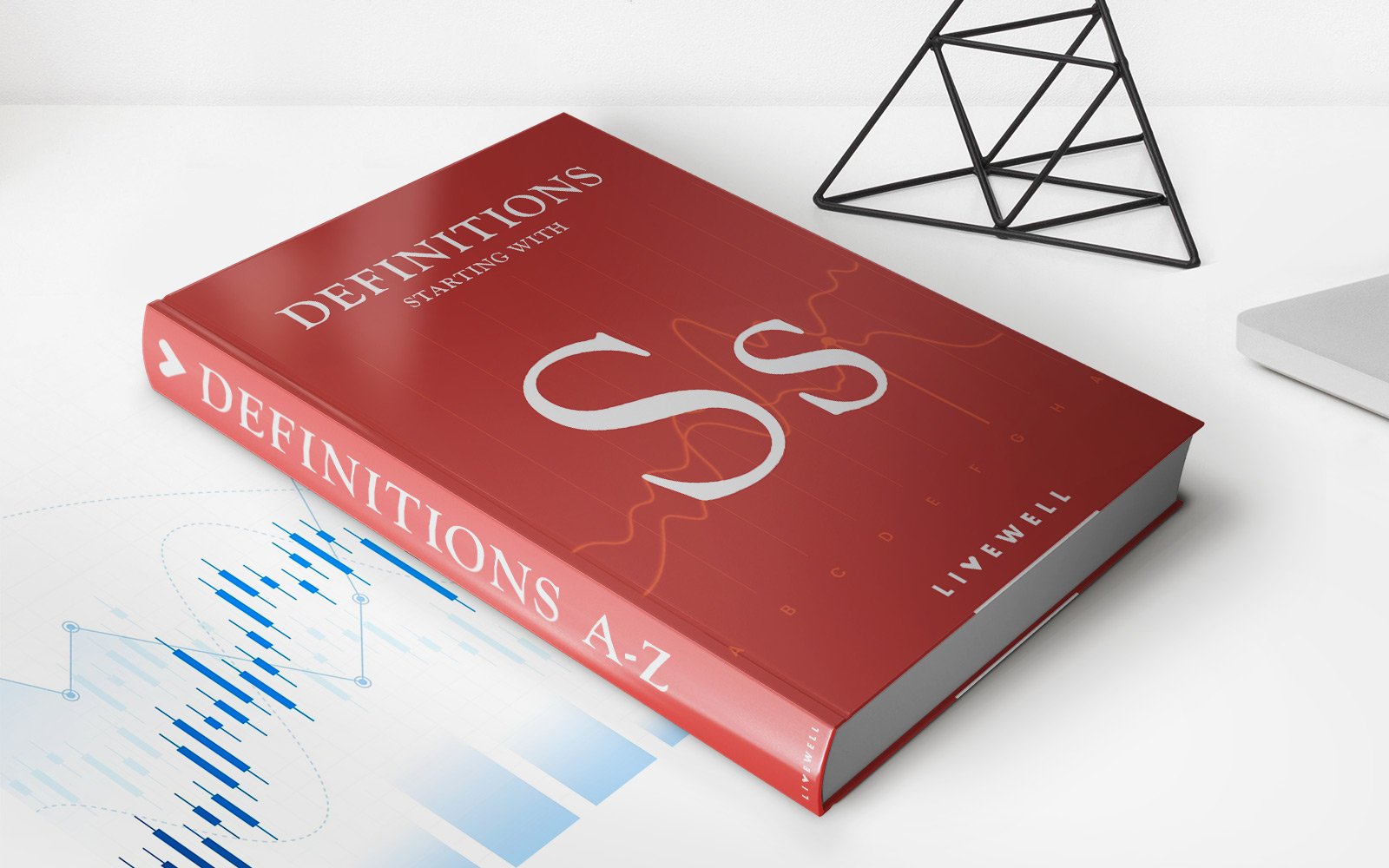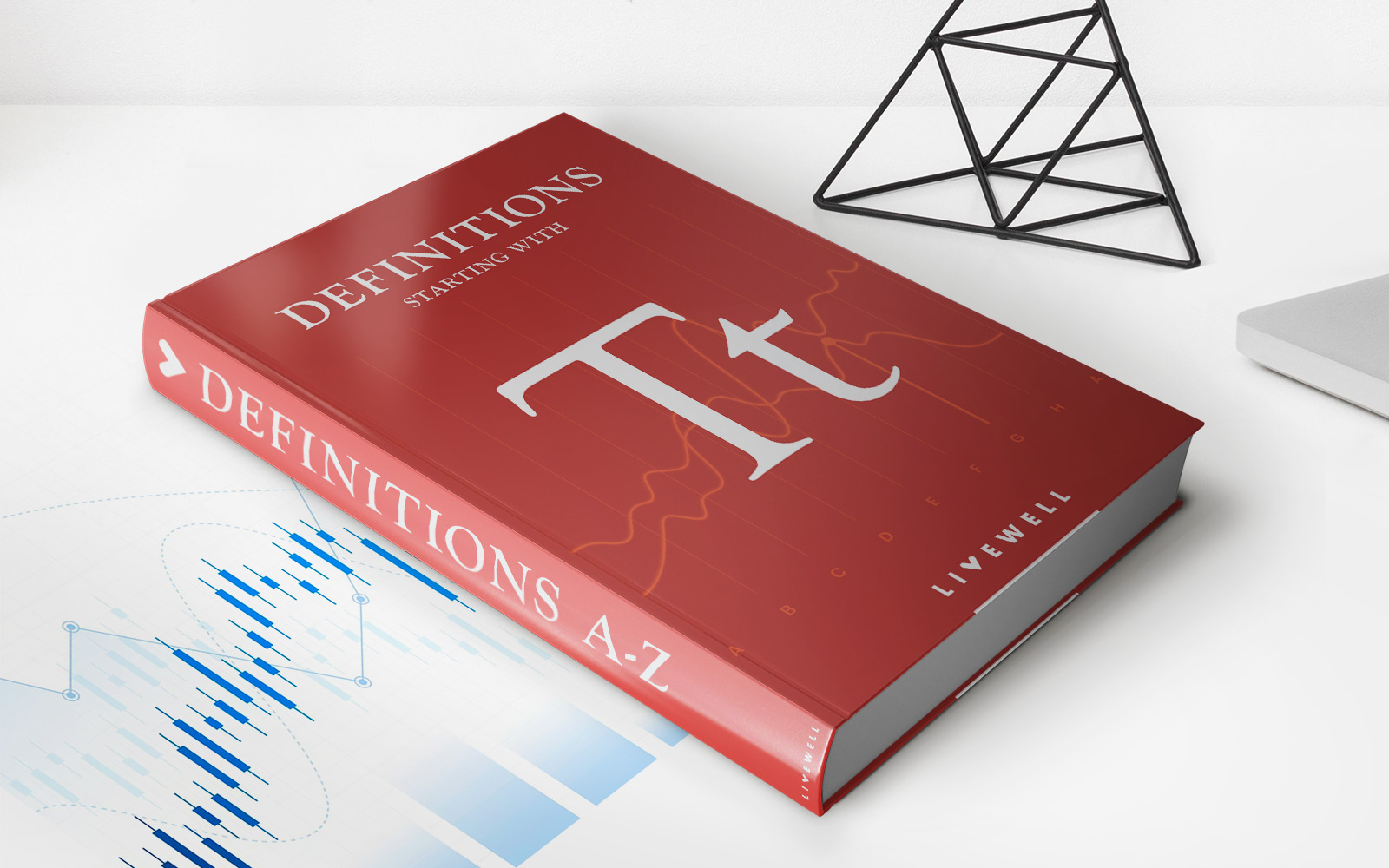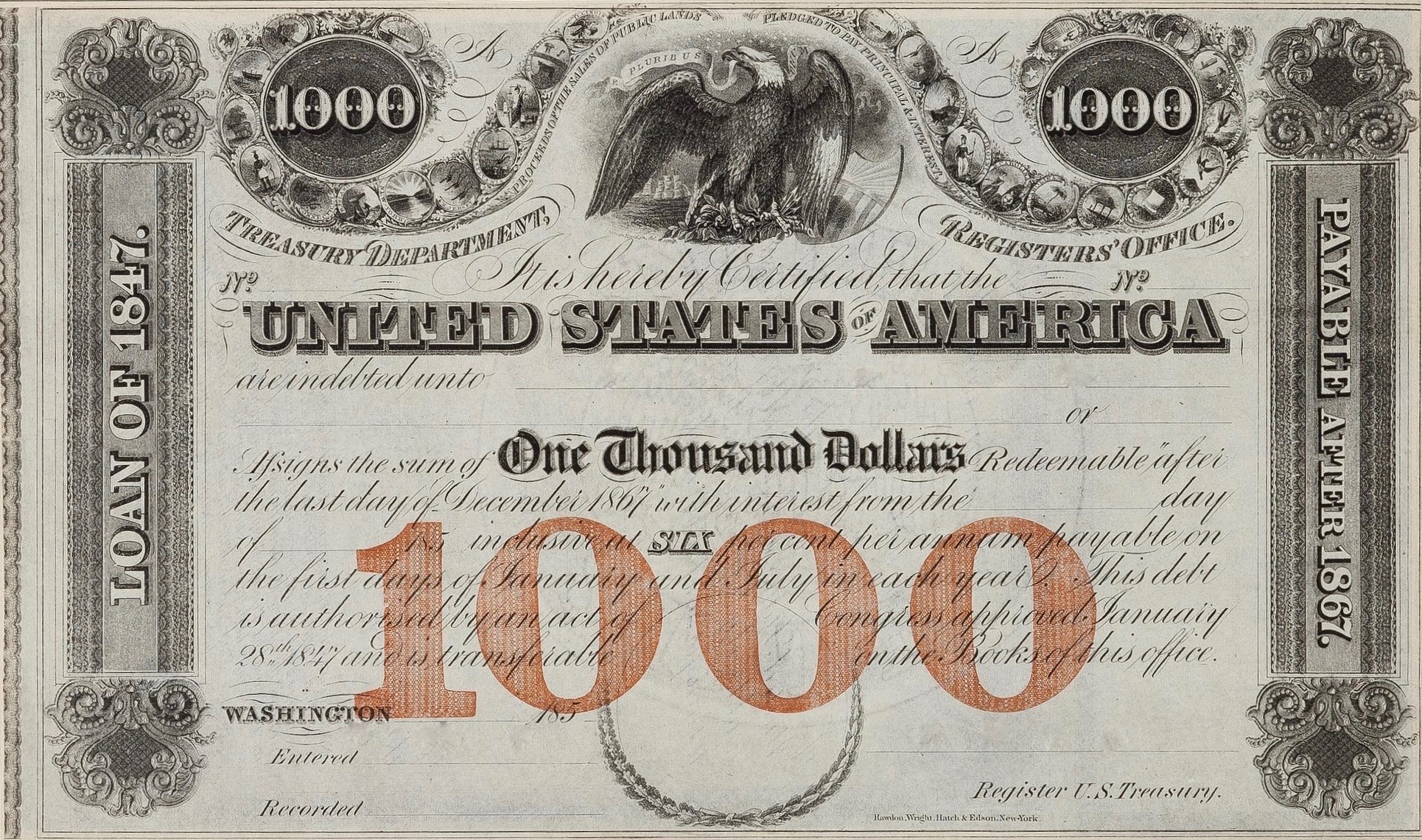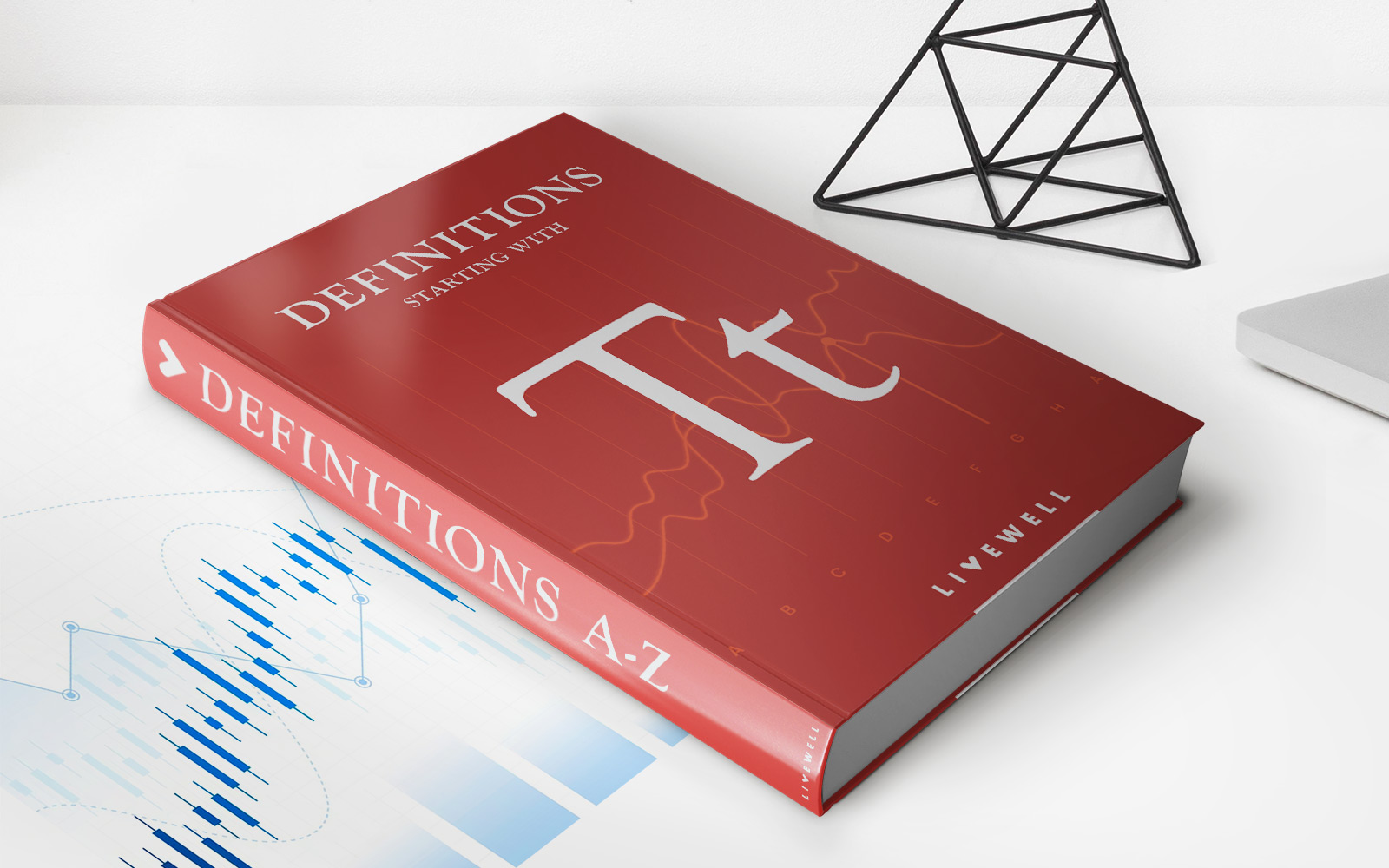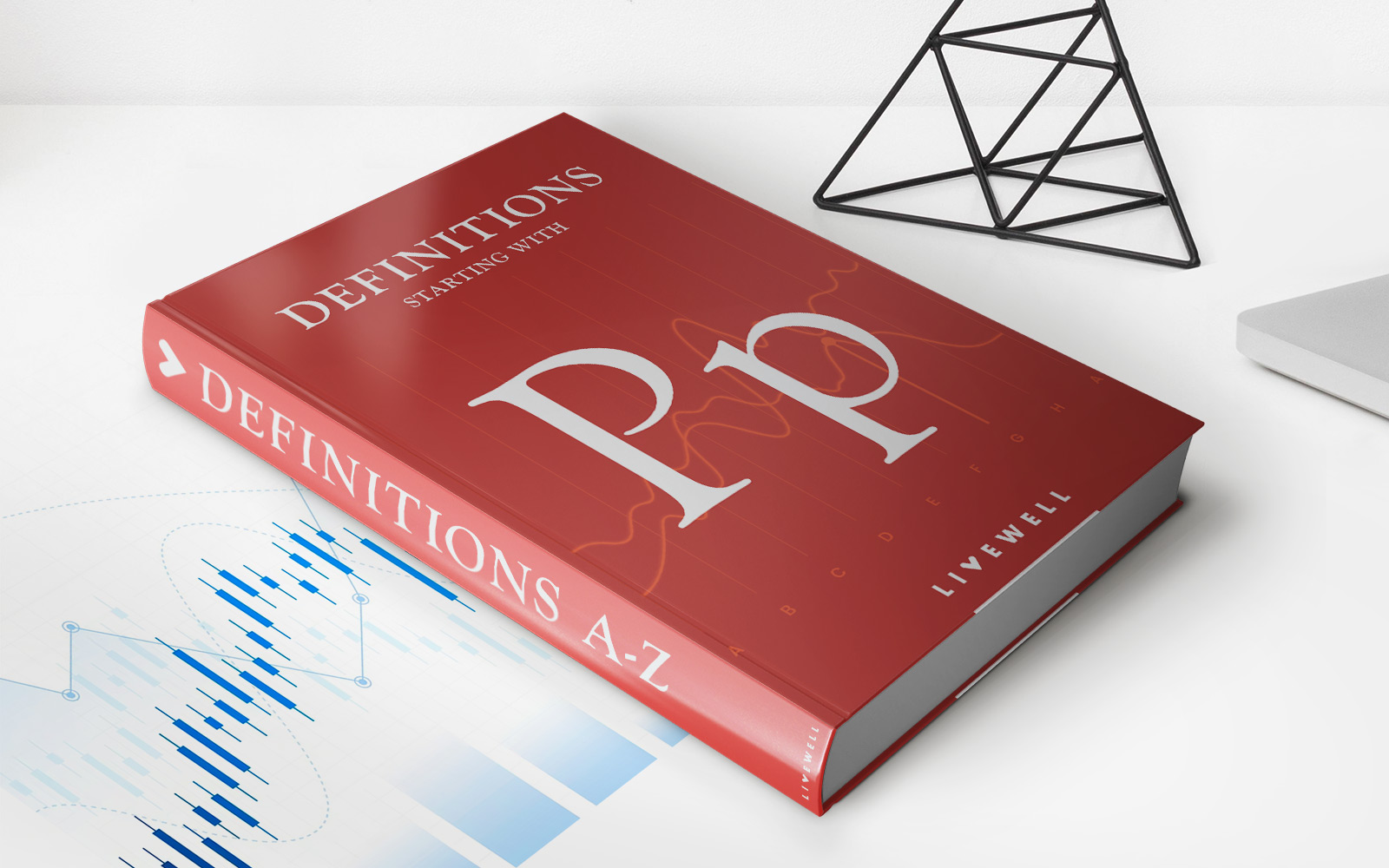

Finance
How Much Are War Bonds Worth
Modified: February 21, 2024
Discover the current value of war bonds in today's finance market. Understand how much your war bonds are worth and make informed financial decisions.
(Many of the links in this article redirect to a specific reviewed product. Your purchase of these products through affiliate links helps to generate commission for LiveWell, at no extra cost. Learn more)
Table of Contents
Introduction
War bonds have a remarkable history and are a significant part of the finance world. In times of war, governments around the world issue these unique securities as a way to finance military operations and rally support from their citizens. War bonds are not only a form of investment, but they also serve as a patriotic duty for individuals to contribute to the war effort.
During tumultuous times, war bonds offer citizens a way to directly support their country’s defense and demonstrate their patriotism. Investing in war bonds allows individuals to play a vital role in shaping their nation’s future and achieving victory in times of conflict. In return for their investment, bondholders earn interest over a fixed period, making it not only a noble act but also a potentially profitable one.
This article aims to shed light on war bonds, their historical significance, the various types available, and how to evaluate their worth. Whether you have inherited war bonds, are considering investing in them, or simply want to learn about this interesting financial instrument, this article will provide you with valuable information to make informed decisions.
We will explore factors that affect the value of war bonds, including interest rates, time to maturity, and overall market conditions. Furthermore, we will discuss how to buy or sell war bonds and examine the risks and benefits associated with investing in them.
By the end of this article, you will have a comprehensive understanding of war bonds and their worth. Whether you view them as a historical artifact or a potential investment opportunity, you will appreciate the significance of war bonds and the impact they have had on the financial landscape.
What are War Bonds?
War bonds, also known as defense bonds or liberty bonds, are financial instruments issued by governments during times of war or other significant national emergencies. These bonds serve as a way for governments to raise funds to finance military operations and war-related expenses.
War bonds can be thought of as a form of debt that the government issues to the public. When individuals purchase war bonds, they are essentially lending money to the government, which promises to repay the principal amount with interest at a specified future date.
These bonds are typically sold in small denominations, making them accessible to a wide range of individuals. The idea behind war bonds is to encourage citizen participation and foster a sense of patriotism by allowing individuals to contribute financially to their country’s defense.
Historically, war bonds have played a crucial role in funding military conflicts. They were first introduced during World War I and gained significant popularity during World War II. In addition to financing the war effort, these bonds helped stabilize the economy, combat inflation, and reduce the burden on the government’s budget.
War bonds are not only a financial investment but also serve as a symbol of solidarity and support for one’s country. By purchasing war bonds, individuals become stakeholders in their nation’s defense and have a tangible stake in the outcome of the war.
The funds raised from war bond sales are typically used for various war-related purposes, including the production of military equipment, funding troop deployments, and providing support to veterans and their families. These bonds have been instrumental in empowering citizens to contribute directly to their country’s war efforts and have been seen as a way to boost morale and unity during challenging times.
It is important to note that war bonds are not restricted to a specific country or era. Governments around the world have issued war bonds during times of conflict or crisis, making them a global phenomenon. Each country may have its own unique name for these bonds, but the underlying concept remains the same.
In summary, war bonds are government-issued securities that serve as a means for individuals to lend money to their country during times of war or national emergencies. They represent a form of patriotism and financial investment, allowing citizens to play an active role in supporting their country’s defense efforts.
Historical Background
War bonds have a rich and storied history that dates back to ancient times. The concept of raising funds through public borrowing has been utilized by various civilizations throughout history, but war bonds as we know them today emerged during the early 20th century.
World War I was a turning point that ushered in the widespread use of war bonds. Governments required vast amounts of funding to support their war efforts, and issuing bonds proved to be an effective way to raise the necessary capital.
One of the most famous examples of war bonds in history is the Liberty Bond program introduced by the United States government during World War I. These bonds were heavily marketed to the American public, with iconic posters encouraging citizens to “Buy a Liberty Bond to Strengthen Your Country.”
The success of the Liberty Bond program continued into World War II, where war bonds played an even more significant role. In the United States, for example, the government launched a massive campaign to encourage citizens to purchase war bonds to fund the war effort.
During World War II, war bonds became a symbol of patriotism and unity. Celebrities, influential figures, and ordinary citizens alike purchased bonds as a testament to their support for the military and their country. The bond sales not only provided much-needed funds for the war effort but also instilled a sense of national pride among the population.
War bonds were not limited to the United States. Countries such as the United Kingdom, Canada, Australia, and many others also issued their own versions of war bonds during World War II.
Since the mid-20th century, the use of war bonds has diminished, primarily due to changes in financial markets and the way in which governments finance their activities. However, war bonds continue to play a role in raising funds during times of national emergencies and supporting veterans and their families.
The historical significance of war bonds cannot be understated. They have served as a way for governments to rally public support, raise funds, and foster a sense of unity and patriotism among citizens during times of conflict. War bonds have played a vital role in shaping the course of history and remain an enduring symbol of resourcefulness and resilience in times of crisis.
Types of War Bonds
War bonds come in various forms, with different features and characteristics. Understanding the different types of war bonds can help investors make informed decisions and choose the option that best suits their needs and preferences. Here are some common types of war bonds:
- Series E Bonds: Series E bonds were the most popular type of war bonds issued by the United States government during World War II. They were available in denominations ranging from $25 to $10,000 and had a maturity period of 10 years. Series E bonds paid a fixed interest rate and accrued interest over time.
- Victory Bonds: Victory Bonds, also known as Victory Loan Bonds, were issued by various countries in times of war or national emergencies. They were typically sold as a means to finance specific war efforts. Victory Bonds often had shorter maturity periods than other types of war bonds and paid interest to investors.
- Defense Bonds: Defense Bonds, also called War Defense Bonds, were issued by governments around the world during times of conflict. These bonds were designed to fund military operations and defense initiatives. Defense Bonds offered stable returns and could be converted into cash upon maturity.
- Savings Stamps: Savings Stamps were a variant of war bonds that allowed small incremental investments. They were often used as a means to promote saving and investment among the general public. Savings Stamps could be gradually accumulated and eventually redeemed for a full-value war bond.
- War Savings Certificates: War Savings Certificates were another type of war bond issued by several countries during wartime. These certificates were typically sold at a discounted price and could be redeemed for their full face value at maturity. War Savings Certificates offered a fixed interest rate and were an attractive investment option during times of war.
It is important to note that the specific types of war bonds available may vary depending on the country and the era in which they were issued. Each government may have its own unique names and structures for these bonds, but the underlying purpose remains the same – to raise funds for war-related activities and provide an investment opportunity for citizens.
When considering investing in war bonds, individuals should carefully evaluate the terms and conditions of each bond type, including the maturity period, interest rate, and any special features associated with the bond. By understanding the various types of war bonds, investors can make well-informed decisions and contribute to their country’s defense efforts while potentially earning a return on their investment.
Factors Affecting the Value of War Bonds
Several key factors can influence the value and performance of war bonds. Understanding these factors is crucial for investors looking to evaluate the potential returns and risks associated with these securities. Here are some of the main factors that can affect the value of war bonds:
- Interest Rates: The prevailing interest rates at the time of issuance play a significant role in determining the value of war bonds. Higher interest rates generally make bonds more attractive to investors, as they offer the potential for higher returns. Conversely, lower interest rates can reduce the appeal of bonds and may lead to a decrease in their value.
- Time to Maturity: War bonds have a fixed maturity date, which represents the length of time until the principal amount is repaid. Bonds with longer maturities tend to offer higher interest rates but may be subject to more significant fluctuations in value. Investors should consider their investment horizon and risk tolerance when evaluating the impact of the bond’s time to maturity.
- Market Conditions: General market conditions, including economic factors and investor sentiment, can influence the value of war bonds. Factors such as inflation, economic growth, geopolitical events, and financial market trends can all affect bond prices. Investors should stay informed about the broader economic environment and assess how it may impact the value of their bonds.
- Credit Quality: The creditworthiness of the government issuing the war bonds is another crucial factor. Governments with strong financial stability and a good track record of debt repayment are considered less risky and may command higher bond prices. On the other hand, governments with weak credit profiles may face higher borrowing costs, which can potentially impact the value of their bonds.
- Callable Bonds: Some war bonds may have a callable feature, which means the issuer has the right to redeem the bonds before their maturity date. Callable bonds can be advantageous for issuers but may present a risk for investors, as the issuer may choose to redeem the bond when interest rates have declined, leaving investors with lower-yielding alternatives.
It is essential to consider these factors when evaluating the value of war bonds. Investors should assess each bond’s characteristics and the prevailing market conditions before making an investment decision. Additionally, it is crucial to stay updated on any developments that may impact the issuer’s creditworthiness or the broader economic landscape.
Keep in mind that the value of war bonds can fluctuate over time. However, for long-term investors who can hold the bonds until maturity, the impact of short-term fluctuations may be less significant. By assessing the key factors affecting the value of war bonds, investors can make informed decisions and potentially earn returns while contributing to their country’s defense efforts.
Evaluating the Worth of War Bonds
When considering the worth of war bonds, investors need to assess various factors to determine their potential value. Here are some key aspects to consider when evaluating the worth of war bonds:
- Interest Rate: The interest rate offered by the war bond is a crucial factor in determining its worth. Higher interest rates generally make a bond more valuable, as they offer the potential for increased returns. Comparing the interest rates of different bonds can help investors identify which ones may offer a more attractive return on their investment.
- Maturity: The maturity period of the war bond is another significant factor in evaluating its worth. Longer maturity periods may result in higher interest payments over time, potentially increasing the bond’s value. However, investors should also consider their investment horizon and risk tolerance, as longer-term bonds may be subject to greater market fluctuations.
- Market Conditions: The overall economic and financial market conditions can impact the worth of war bonds. Factors such as inflation, interest rate movements, and geopolitical events can influence the value of bonds. Staying informed about market trends and economic indicators can assist investors in assessing how these conditions may affect the worth of their bonds.
- Credit Rating: The creditworthiness of the issuer is an essential aspect to consider when evaluating the worth of war bonds. Higher-rated issuers are generally associated with lower risk and may command higher bond prices. Investors can review credit ratings provided by rating agencies to gauge the issuer’s financial stability and the likelihood of timely repayment.
- Redemption Options: Understanding the redemption options available for war bonds is essential for evaluating their worth. Some bonds may have a call feature, allowing the issuer to redeem the bond before its maturity date. Investors should consider the potential impact of early redemption on their investment returns and factor it into their evaluation.
- Secondary Market Activity: While war bonds are typically held until maturity, knowing the current pricing and activity in the secondary market can provide insights into their worth. Investors can monitor bond prices and trading volumes through financial platforms or consult with bond market professionals to gauge market sentiment.
Evaluating the worth of war bonds requires a comprehensive analysis of these factors. It is important to compare different bonds, consider market conditions and credit ratings, and assess personal investment goals and risk tolerance. Careful evaluation allows investors to make informed decisions and determine whether war bonds align with their investment objectives.
Furthermore, investors should bear in mind that the worth of war bonds is ultimately determined by the dynamics of supply and demand in the market. Factors such as investor sentiment, economic conditions, and geopolitical events can influence the perceived value of these bonds. Conducting thorough research and seeking professional advice, if needed, can provide investors with a more accurate assessment of the worth of war bonds.
How to Buy or Sell War Bonds
Buying or selling war bonds can be a unique investment opportunity for individuals interested in contributing to their country’s defense efforts. While the issuance of new war bonds is less common in modern times, it is still possible to buy and sell war bonds through various avenues. Here are some ways to buy or sell war bonds:
- Government Agencies: In some cases, government agencies may still allow individuals to purchase war bonds directly from them. These agencies may have specific procedures and requirements in place for buying or selling war bonds. Investors can inquire with their government’s treasury department or financial institutions to explore these options.
- Secondary Market: The secondary market can be a platform for buying or selling war bonds. Individuals who already hold war bonds can choose to sell them to other investors in the market. Online trading platforms, bond brokers, or financial institutions that deal with fixed-income securities may facilitate these transactions.
- Auctions or Exchanges: Certain countries may organize auctions or exchanges specifically for war bonds. These events provide an opportunity for investors to buy or sell war bonds at predetermined prices. Participating in auctions or exchanges can allow individuals to acquire or dispose of war bonds in a structured and regulated manner.
- Online Marketplaces: Online marketplaces or platforms dedicated to bond trading can provide a convenient way to buy or sell war bonds. These platforms connect buyers and sellers from across the globe, offering a broader range of options and potentially better liquidity. Investors should ensure that the platform is reputable and follows industry regulations.
- Financial Advisors or Brokers: Seeking the advice of a financial advisor or broker with expertise in fixed-income securities can be beneficial when buying or selling war bonds. These professionals can assist in identifying suitable opportunities, navigating the market, and ensuring compliance with regulations.
It is important to note that the availability and procedures for buying or selling war bonds may vary depending on the country and the specific bonds in question. Investors should research and follow the guidelines laid out by the relevant authorities to ensure a smooth and legitimate transaction process.
When buying or selling war bonds, investors should also consider factors such as fees, transaction costs, and potential tax implications. Assessing these variables can help investors make informed decisions and optimize their buying or selling experience.
Whether buying or selling war bonds, it is crucial to carefully evaluate the bond’s characteristics, assess the market conditions, and consider one’s financial goals before making any investment decisions. Consulting with professionals and staying informed about current market trends and regulations can contribute to a successful buying or selling experience.
Risks and Benefits of Investing in War Bonds
Investing in war bonds comes with a unique set of risks and benefits. Understanding these factors is crucial for individuals considering investing in these securities. Here are some key risks and benefits of investing in war bonds:
Risks:
- Interest Rate Risk: War bonds are subject to interest rate risk, which means their value can fluctuate based on changes in interest rates. If interest rates rise, existing bonds with lower interest rates may become less valuable in comparison.
- Market Risk: The value of war bonds can be influenced by broader market conditions. Economic factors, geopolitical events, and investor sentiment can impact bond prices. Uncertain market conditions can result in potential losses or decreased returns on investment.
- Issuer Risk: The creditworthiness of the issuer is an important consideration. Government-issued war bonds are generally considered low-risk due to their status as sovereign debt. However, there is still a risk that the issuer may default or face financial difficulties, which could impact the bond’s value and the timely repayment of interest and principal.
- Liquidity Risk: War bonds are often intended to be held until maturity, which can limit liquidity. In some cases, it may be challenging to sell war bonds before they mature, especially if there is a lack of secondary market activity or limited demand from buyers.
Benefits:
- Supporting National Defense: Investing in war bonds allows individuals to contribute directly to their country’s defense efforts. It provides a sense of patriotic fulfillment by actively participating in the nation’s security and military initiatives.
- Stable Returns: War bonds typically offer fixed interest rates, ensuring a predictable income stream for investors. This stability can be appealing to those seeking consistent returns over the bond’s maturity period.
- Potential Capital Appreciation: While war bonds are generally not known for significant capital gains, they can still appreciate in value over time. Factors such as decreasing interest rates or favorable market conditions can lead to an increase in bond prices.
- Portfolio Diversification: Including war bonds in an investment portfolio can provide diversification benefits. Their low correlation with other asset classes, such as equities, can help reduce overall portfolio risk.
- Historical Significance: War bonds carry historical significance and can be seen as tangible artifacts of a country’s past. Investing in war bonds provides an opportunity to preserve history and connect with a nation’s heritage.
Investing in war bonds involves weighing the risks against the potential benefits. It is essential for individuals to carefully assess their investment objectives, risk tolerance, and understanding of the market before making any investment decisions. Consulting with financial advisors or experts in fixed-income securities can provide valuable guidance to navigate the risks and rewards associated with war bond investments.
Additionally, investors should keep in mind that war bonds are long-term investments, and their worth may fluctuate over time. Patience and a long-term perspective are key when investing in war bonds.
Conclusion
War bonds have played a significant role in the financial landscape, serving as a means for governments to raise funds and citizens to contribute to their country’s defense efforts. Understanding the different aspects of war bonds, including their historical significance, types, factors affecting their value, and how to buy or sell them, is essential for anyone interested in these unique investment instruments.
Investing in war bonds offers a range of risks and benefits. While there are risks associated with interest rates, market conditions, issuer creditworthiness, and liquidity, war bonds provide investors with an opportunity to support their nation’s defense, potentially earn stable returns, diversify their portfolios, and connect with the historical and patriotic significance of these securities.
As with any investment decision, individuals should conduct thorough research, evaluate their investment goals and risk tolerance, and seek professional advice if needed. By understanding the intricacies of war bonds and carefully considering their worth and potential returns, investors can make informed choices that align with their financial objectives.
War bonds are more than just financial instruments; they represent a connection between individuals and their country’s past, present, and future. Whether viewed as a patriotic duty, a historical artifact, or an investment opportunity, war bonds continue to hold a special place in the world of finance.
Overall, war bonds remain a symbol of unity, support, and sacrifice during times of conflict. They allow individuals to actively participate in their nation’s defense while potentially earning a return on their investment. Regardless of their financial worth, war bonds serve as a reminder of the sacrifices made by countless individuals and the resilience of nations during times of war.
